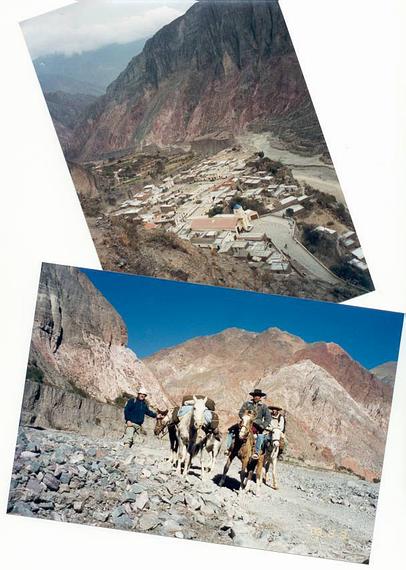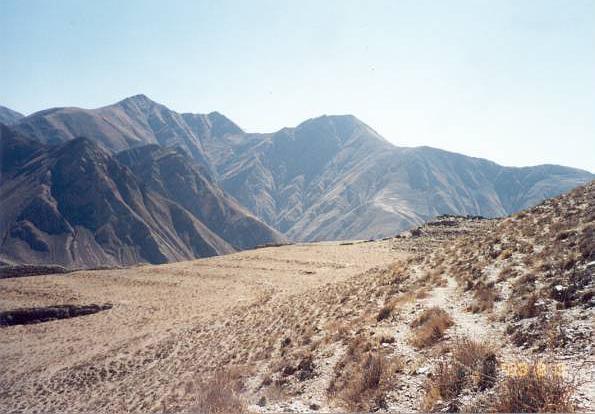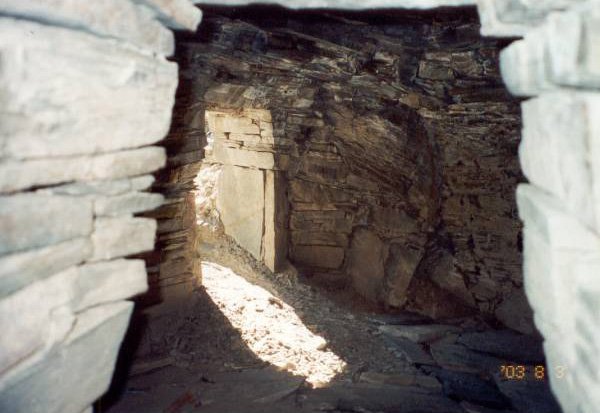As we neared our destination, we were presented to our left with the main and large cultivation terraces, on which at first glance we observed a great job of despedrado (removal of rocks and stones) that contrasted with the surrounding land. To our right, there were parts of the 28 terraces that once existed, all different in shape to the previous ones, long and narrow, that ascend the slope supported by sturdy, but today partially collapsed, stone walls.
When arriving at the citadel, we noted how destroyed its constructions were, mostly old houses and old collcas once used to save grain, all ransacked across a wide area by decades of countless visitors with careless and destructive attitudes. Consider also that the excavation work was done by researchers in times when excavation was not systematized, when there was not a school that guided and regulated the excavations and searches for ancient remains.
There are collcas, the least of which are in good condition, highlighting well-worked stone floors and roofs built with large slab stones. Their access doors are striking, just like those of the remains of houses, framed in large slab stones placed as jambs and lintels. This form of construction is rarely seen in other sectors of Argentinean Northwest, but very typical of this area, even to this day.



